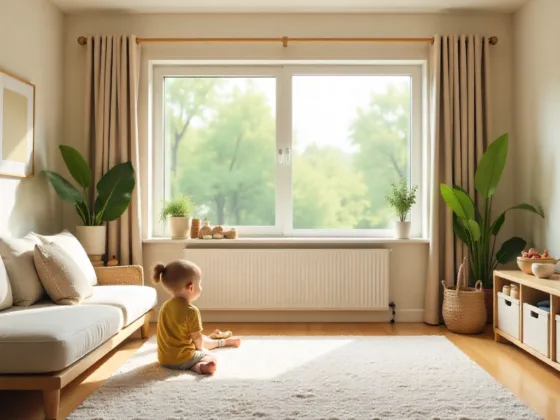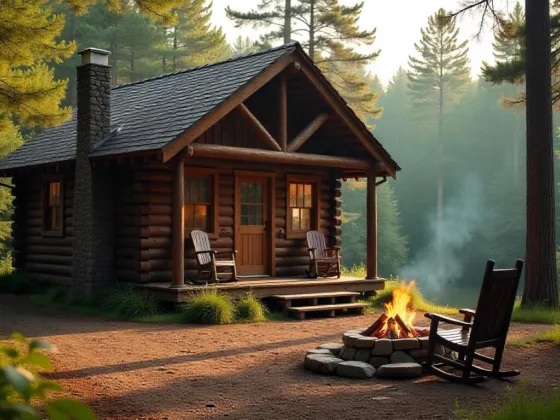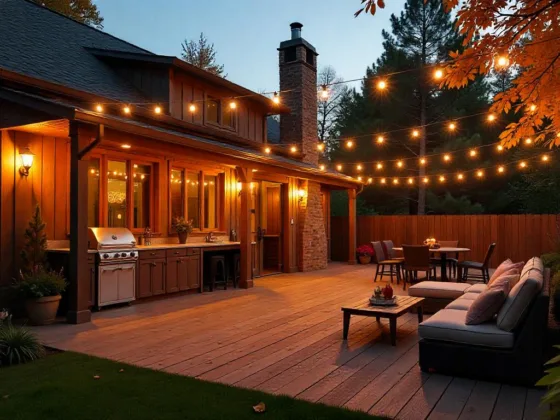Table of Contents Show
In our rapidly evolving world, urban sprawl and burgeoning infrastructures underscore the central role of the construction industry in contemporary development.
Cities mushroom, roads broaden, and high-rises pierce the skyline, but this expansion isn’t without its costs. One of the most pressing concerns arising from this growth is the environmental impact.
The construction sector, regrettably, contributes significantly to environmental degradation. The waste produced is enormous, with surplus materials often ending up in landfills. This isn’t merely about discarded bricks or unused cement.

It’s about resources being extracted, processed, and then wasted, each step compounding the environmental footprint. Furthermore, the CO2 emissions associated with construction processes and materials, like cement production, exacerbate global warming.
However, the narrative isn’t all bleak. The industry holds the potential to alleviate these impacts through considered, proactive measures. By emphasizing sustainable building practices, using eco-friendly materials, and incorporating waste reduction strategies, it’s possible to drastically reduce the environmental burden.
Modern innovations in construction technology also offer solutions, such as green buildings, which not only utilize resources efficiently but also provide healthier spaces for inhabitants.
Understanding the Environmental Footprint of Construction
Waste Generation:
Every construction project, regardless of its scale, inevitably produces a substantial amount of waste. This can range from discarded building materials, such as concrete, bricks, and metals, to chemicals and solvents used in various stages of the construction process.
The generation of such waste isn’t just a byproduct of the construction activity; it’s an environmental concern that necessitates serious attention.
Carbon Emissions and Fuel:
In today’s construction landscape, there’s a heavy reliance on machinery to facilitate and expedite projects. Much of this equipment operates using fossil fuels, which are notorious for their carbon footprint.
The combustion of these fuels in machinery results in the release of substantial amounts of carbon dioxide and other greenhouse gases into the atmosphere. These emissions play a significant role in global warming and have been linked to a host of environmental challenges, including the greenhouse effect and climate change.
Noise and Energy Consumption:
In contemporary urban and even suburban settings, construction is a frequent occurrence. While these activities pave the way for development and progress, they often come with undesirable side effects. One significant concern is the noise produced by construction operations.
The cacophony of jackhammers, bulldozers, cranes, and other machinery can be particularly jarring. For local residents, this noise can mean disturbed sleep, increased stress levels, and a general decrease in quality of life due to the incessant disturbances. But it’s not just humans that are affected.
The surrounding wildlife, which often relies on specific auditory cues for communication, predation, or mating, can find their natural behaviors severely disrupted. Birds might find it challenging to communicate, while small mammals could struggle with altered predator-prey dynamics due to the overpowering noise.
In essence, such disruptions contribute significantly to the growing issue of noise pollution in our environments.
Practical Strategies to Curtail the Environmental Impact
- Adopt a Waste Management Plan: Before starting any project, having a comprehensive waste management plan is crucial. This involves determining how to dispose of waste properly and identifying recyclable material. A service like Dumpster Rental Tulsa, OK, can be a step towards efficient waste disposal, ensuring recyclables and non-recyclables are adequately separated.
- Reduce Vehicle Idle Time: Simple practices, such as turning off construction vehicles when not in use, can significantly reduce vehicle idle time, reducing fuel consumption and emissions.
- Opt for Sustainable Construction Materials: Whenever feasible, opt for green, energy-efficient construction materials. Not only do they decrease the environmental impact, but they can also be cost-effective in the long run.
- Embrace Technology and Innovation: Incorporate technologies that can monitor and control resource use, effectively reducing construction’s environmental impact. Whether machinery that consumes less power or software that aids in efficient resource allocation, technology can play a pivotal role.
- Educate and Train the Team: A well-informed team is an environmentally friendly team. Regular training sessions for workers about the negative impact on the environment of certain practices can create a more conscious and responsible workforce.
- Monitor and Review: Consistently monitor the environmental impact during the construction process. Review practices and make necessary changes to minimize harm further. For instance, dumpster rental Tulsa services could help in better waste segregation, leading to more efficient recycling.
Conclusion: An Industry Evolving Towards Sustainability
The construction industry, which was historically known as a massive consumer of resources, has been undergoing a monumental transformation over recent years.
This shift is primarily geared toward sustainability and environmentally friendly practices. In the past, the industry’s insatiable need for materials and energy often resulted in significant environmental degradation. However, the contemporary landscape paints a different picture.
Today, a growing number of construction companies are not only acutely aware of the environmental impact of their activities but are also taking determined steps to rectify and improve their practices.
This newfound consciousness stems from a global realization of the importance of sustainability, coupled with increased consumer demand for eco-friendly structures and a deeper understanding of the long-term implications of unchecked environmental practices.
Key strategies driving this change include:
- Adopting efficient waste management protocols.
- Prioritizing the use of sustainable and recycled materials.
- Reducing reliance on fossil fuels.
- Harnessing technological advancements to monitor and control resource consumption.
The industry’s paradigm is shifting from merely erecting structures to building responsibly, ensuring every brick laid is a step towards a more sustainable future.
For those venturing into construction projects, an environmental lens is indispensable. Within the vast scope of the building realm, every decision made—be it the selection of materials or choices like dumpster rental Tulsa, OK, for waste management—carries substantial environmental implications.
As the construction domain evolves, integrating these sustainable practices is a commendable choice and a fundamental requirement for a brighter, greener future.










